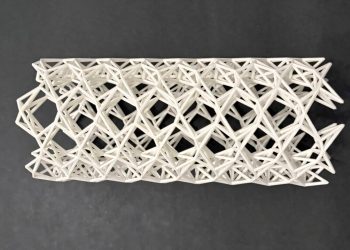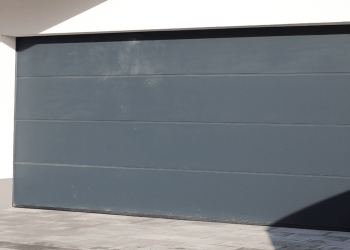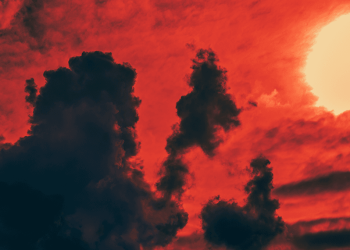Here’s what you’ll learn from reading this story:
The ocean floor off the coast of the Pacific Northwest has sprung a leak.
The spring, known as the Pythian Oasis, likely discharges water from beneath local tectonic plates through a fault called the Cascadia subduction zone.
This fluid likely acts as a lubricant between the two colliding plates at the fault, and losing too much could increase the likelihood of a devastating earthquake.
The ocean has a leak.
Technically it’s a spring, because water goes in and doesn’t come out. But in one way that matters, it is indeed an escape. It is known as the Pythian Oasis, and it is a spring of almost fresh water that rises from the ocean floor through a fault called the Cascadia subduction zone.
It was discovered accidentally by oceanographer Brendan Philip, who spotted the bubbles that the spring carried to the surface, and a study of the vent was published by Philip and the rest of the University of Washington research team.
“They explored in this direction and what they saw were not just methane bubbles, but water coming out of the seafloor like a fire hose. This is something I have never seen and, to my knowledge, has never been observed before,” Evan Solomon, a seafloor geologist and one of the paper’s authors, said in a press release.
Often, bubbles rising from the ocean floor herald hydrothermal vents, which can be hotbeds of exciting biological activity. But a spring is another story and might be a little more worrying.
Because, for our sake, the water in this reserve probably needs to stay there. If too much escapes the fault, parts of the United States could be at higher risk of a real earthquake.
The Cascadian subduction zone is a large strike-slip fault off the Pacific Northwest coast. This is where two of the tectonic plates that make up the Earth’s crust meet and slide past each other. And the bubbling water reserve from the Pythia Oasis acts as lubrication between these two plates.
“The megathrust fault zone is like an air hockey table,” Solomon said in a press release. “If the fluid pressure is high, it’s like the air is activated, meaning there is less friction and the two plates can slide. If the fluid pressure is lower, the two plates lock together – that’s when stress can build up.”
And therein lies the problem. If stress starts to build up, it will eventually have to go somewhere. When the stress is too strong and the system must move into a new position, the shaking triggers an earthquake. Most likely, a big one. Scientists believe a release of stress in the Cascadia subduction zone could trigger a magnitude 9 earthquake that would affect many people living in the northwest United States.
Unfortunately, when it comes to tectonic plates, there’s not much we can do to stop them from behaving the way they’re going to behave. But keeping an eye on geologic activity and monitoring its progress is one of our best ways to prepare for natural disasters.
“Pythias Oasis provides a rare window into processes operating deep in the seafloor, and its chemistry suggests that this fluid originates from near the plate boundary,” Deborah Kelley, an oceanographer and one of the study’s authors, said in a press release. And any window we can look through to gather information is probably a good window to keep our eyes on.
(galleryCarousel id=’9e9354e9-d0c6-426e-ba21-7d41e95744de’ mediaId=’b310beff-6294-44ef-a3b6-4ee1458d029e’ display=’carousel’ align=’center’ size=’medium’ share=’true’ expand=” captions=’true’ suppress-title=’false’ hasProducts=’false’)(/galleryCarousel)
You might also like








